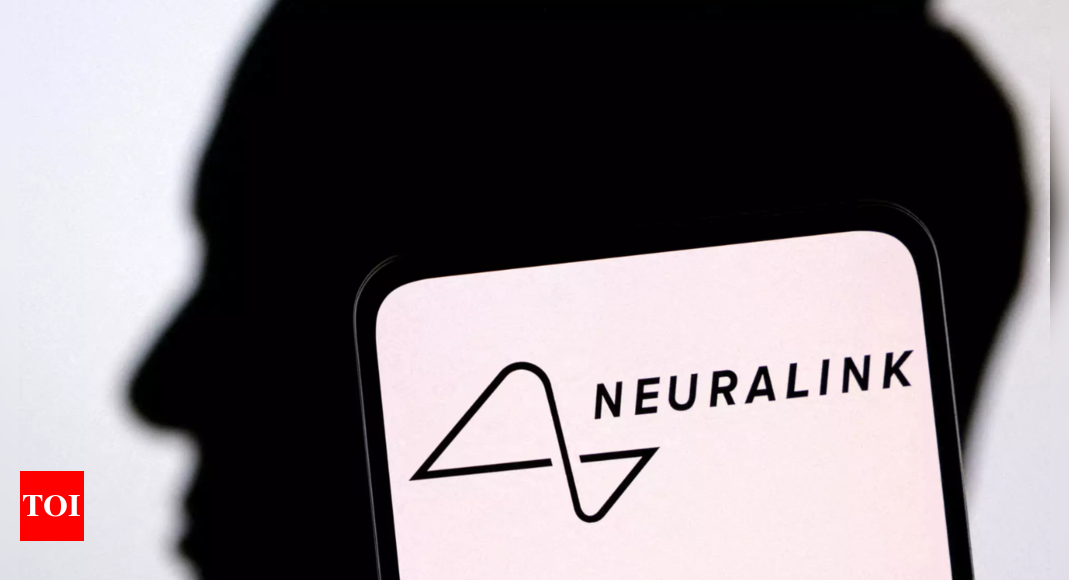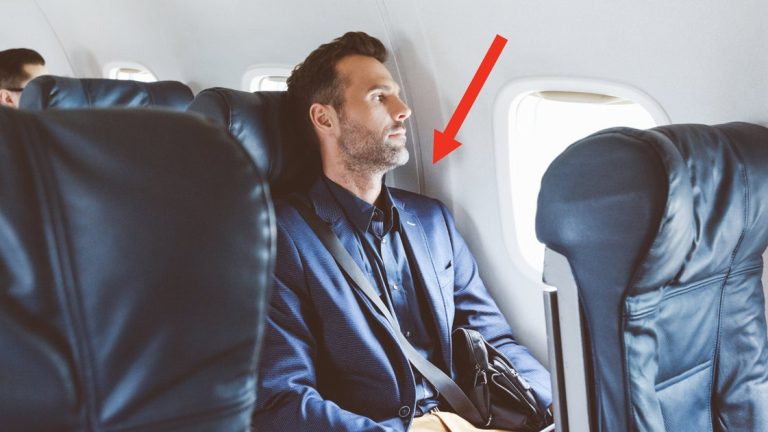
Elon Musk’s Neuralink is moving forward with its brain-computer interface technology. In a recent update on X, formerly Twitter, Musk and his team discussed progress and future plans, including implanting a device in a second patient. In a wide-ranging discussion broadcast on the social platform X, Musk and several key Neuralink staffers reportedly described the current device’s capabilities and future possibilities, such as repairing paralysis and memory loss.In the video, the team also discussed future generations of the device. Musk said it should be possible for patients with older models to upgrade to newer ones. “You want the iPhone 15,” he said. “Not the iPhone 1.”
Expanding trials
The company successfully implanted its technology in Noland Arbaugh, paralyzed from a diving accident, in January. Arbaugh has reported regaining some abilities like playing games and controlling a cursor with his mind. Neuralink is now preparing to implant a second patient and hopes to reach a “high single-digit” number by the end of the year.
The team acknowledged and addressed an issue with Arbaugh’s implant. Threads connecting the device to his brain became less effective over time. To improve future implants, Neuralink plans deeper and more precise thread placement.
Musk has ambitious goals for Neuralink. He wants to significantly increase the data transfer rate between brain and computer, facilitating communication with artificial intelligence. Beyond medical applications, Neuralink aims to give people enhanced capabilities like infrared vision or even telepathic communication.
Superhuman Dreams
“We want to give people superpowers,” Musk stated. Neuralink envisions a future where implants not only restore lost functions but grant entirely new ones. He even discussed the possibility of automated implant surgery and combining Neuralink with his Optimus robot project, creating “cybernetic superpowers.”
Expanding trials
The company successfully implanted its technology in Noland Arbaugh, paralyzed from a diving accident, in January. Arbaugh has reported regaining some abilities like playing games and controlling a cursor with his mind. Neuralink is now preparing to implant a second patient and hopes to reach a “high single-digit” number by the end of the year.
The team acknowledged and addressed an issue with Arbaugh’s implant. Threads connecting the device to his brain became less effective over time. To improve future implants, Neuralink plans deeper and more precise thread placement.
Musk has ambitious goals for Neuralink. He wants to significantly increase the data transfer rate between brain and computer, facilitating communication with artificial intelligence. Beyond medical applications, Neuralink aims to give people enhanced capabilities like infrared vision or even telepathic communication.
Superhuman Dreams
“We want to give people superpowers,” Musk stated. Neuralink envisions a future where implants not only restore lost functions but grant entirely new ones. He even discussed the possibility of automated implant surgery and combining Neuralink with his Optimus robot project, creating “cybernetic superpowers.”





